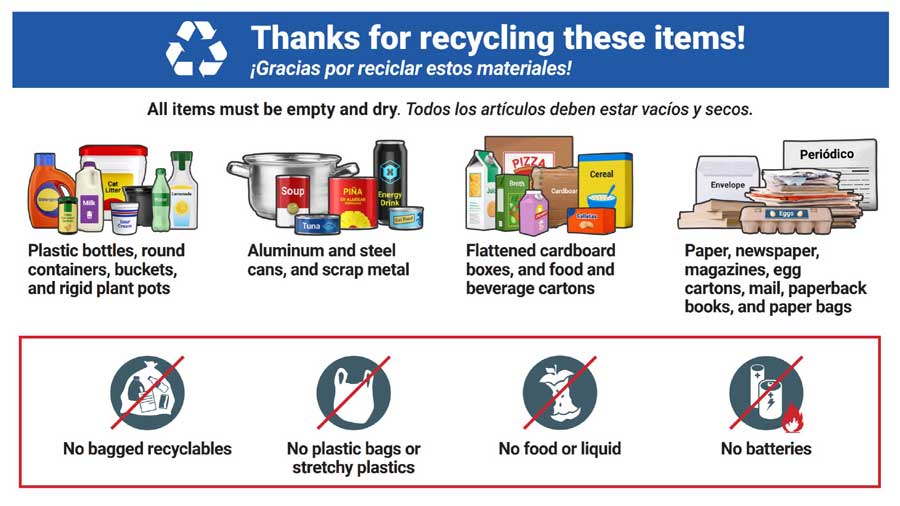GUEST COLUMN: With Trump tariffs, Oregon wine is over a barrel
Published 9:30 am Thursday, April 10, 2025
One of the first Oregon impacts of this year’s international trade wars came to our house in a pleasing way: in the form of a few bottles of good wine, gifts from friends who work in that industry. We live in the north Willamette wine country, where personal connections to the wine industry are not hard to find.
Those bottles were emblematic, though, of a bigger situation not nearly so benign.
Some weeks ago, as wineries in our region packed and sent crates of wine north to Canada as they long have done, they encountered a surprise. The border was as far as many of them got, and their wine had to be trucked back, unsold, to Oregon.
Canada had essentially stopped accepting alcohol from the U.S., including Oregon alcohol. The response and rules at the border have shifted, but sales are being heavily impacted by President Donald Trump’s recent tariff announcements.
Many Oregon winemakers are accumulating a wine surplus. Some, probably small but unknown numbers of cases, may be turning into giveaways, pleasant for the recipients but lousy for a wine producer’s bottom line.
The massive worldwide tariffs Trump promised — and then announced he would pause for 90 days — can be expected to further dampen the state’s wine trade. Wine is a smaller part of Oregon’s trade picture than some other commodities, but it offers a useful insight into how the tariffs are affecting the state. And it is a major industry in Oregon, with about 1,100 wineries statewide.
Recently, a friend who had worked in wine import and export described for me how the system worked.
When shipped internationally, the product changed ownership — from the producer or wholesaler to my friend’s own company — before it crossed the border, so that when the shipment cleared customs, his company paid the tariff or fees (where they existed).
That was the first impact of a tariff. Companies ordinarily factor tariffs into the retail price, and individual wine buyers ultimately pay most or all of that cost. That boosted purchase price is how most people experience tariffs.
The existence of a tariff doesn’t keep something from crossing national lines, and a small tariff may not matter much, but large ones can change the business incentives for all parties.
Oregon wine makers might in one way, at first, benefit from higher tariffs on the countries (such as Italy, Chile, Australia, Argentina and many more) that import wine into the U.S where they are imposed.
That might drive some domestic wine drinkers toward more American producers, which could help Oregon wine producers, though it usually has the effect of raising domestic prices as well.
Other aspects of higher border-crossing prices are likely to cut against the industry.
Some of those are smaller and might not be especially visible outside the industry, such as higher prices paid by the Oregon industry for imported barrels, steel for supplies and equipment, production equipment and more.
Oregon’s leading export targets overall are (in order) Mexico, China and Canada, and about 81,000 jobs are reliant on that export trade. The impact on trade may be easier to observe in the wine industry, because close to half of all Oregon wine exports go (or in recent years have gone) to Canada: In 2022, that was 73,323 cases of a total export of 162,939.
“We’re just watching it play out in real time, and it’s not pretty,” Alex Sokol Blosser, president of Sokol Blosser Winery in Dayton, Oregon, said in a recent KGW interview. “All that business we worked for, and the president lit a match to it.” …
Last week, thousands of Oregonians showed at up the Hands Off anti-Trump rallies around the state, and plenty of signs criticized the new tariffs. I didn’t see any that complained specifically about administration impacts on the wine industry. But it wouldn’t be surprising if, in coming weeks, they start to appear.











